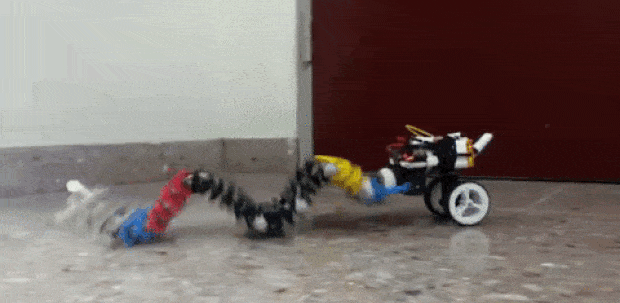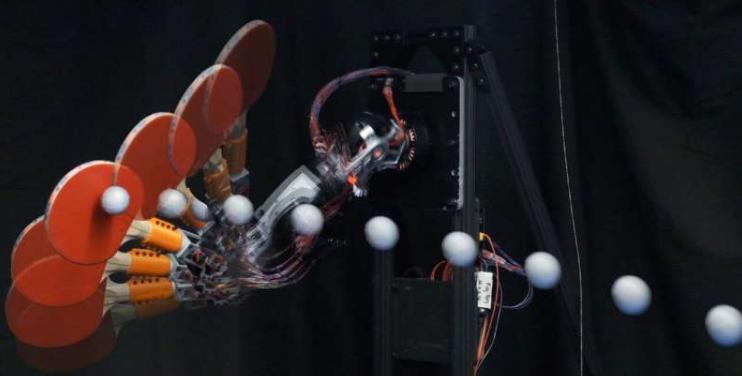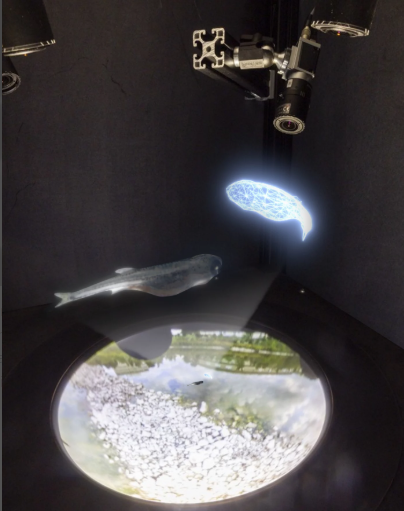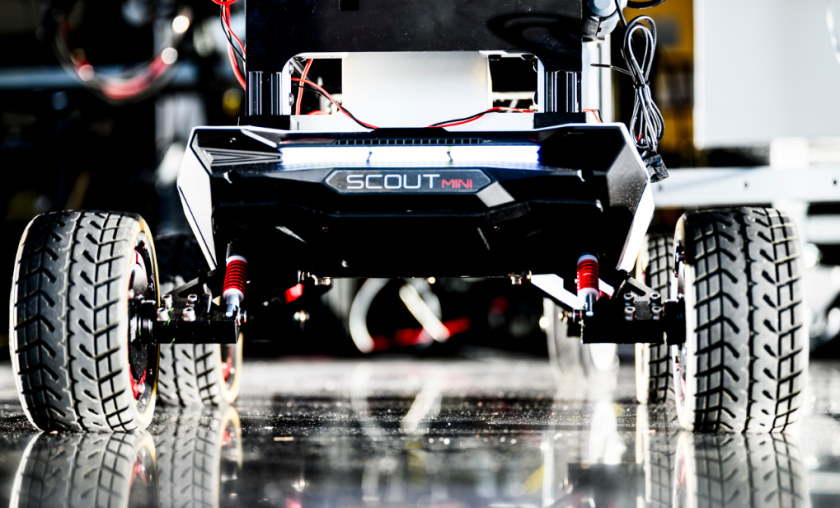Adding to the existing list of bio inspired robot, researcher David Zarrouk and his team, from Ben Gurion University of the Negev has successfully developed an inchworm robot that employs a single motor to produce a pure wave motion and is known as SAW (Single Actuator Wave-like Robot).
Wave Locomotion
SAW bot uses wave locomotion (a transverse wave) that is more commonly seen in ocean animals and at very tiny scales (like minute animals that uses flagella for swimming) and not like real worms that contract and expand their bodies for locomotion and are difficult to imitate mechanically. SAW movement is very simple, a single motor rotates the wheel that helps the 3D-printed flexible spine (helix) move up and down similar to a sine wave.
This sine wave movement enables the robot to move across various surfaces, climb and swim. The wheels help in steering. These robots can climb over barriers or can crawl through surfaces like grass, sand and gravel. The bots top speed noted is, 57 centimeters per second and was seen to climb at a speed of 8 centimeters per second through tunnels. While the waterproof variant can swim at 6 cm per second.
Steering System
According to Zarrouk the SAW bot is lightweight, fast moving, rugged, simple to manufacture (because of its simple design), energy efficient and swift in scaling both upwards and downwards. Additionally, it requires almost no maintenance, which is very unique for such completely 3D-printed dynamic prototype. Though the research team believe that steering system needs improvement and so they plan to connect two SAWs together by articulated joint.
The team is studying to find a way to alter the pitch and amplitude of the wave on the fly that would give the robot an edge to adjust in various terrain and easily climb through pipes of different sizes. They will also evaluate the movement of SAW type bots in a compliant and slippery surfaces and in viscous liquids (to imitate the environment that bacteria swims in). The wave motion can be generated in different sizes, shrinking down for medical purposes and scaling up for search and rescue plan.
Therefore, in future, miniature SAW bot can crawl inside human intestines for recording and taking biopsies. It can also be used in dangerous and confined places like collapsed building or tunnels that are not accessible by other robots.




